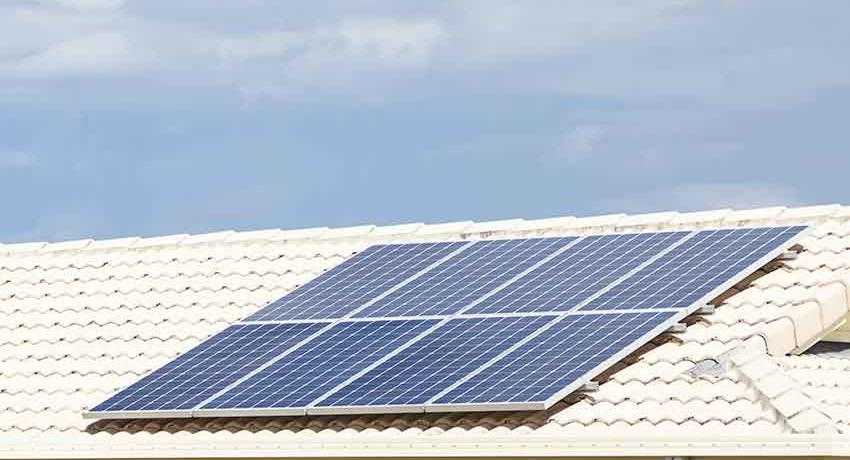Plummeting Solar Panel Prices Could Lead Industry Growth
Solar panel costs are low and slipping ever lower. That means rooftop solar will become increasingly easy for the average person to adopt, and increasingly economically advantageous.
Green Tech Media reported in February that solar had reached grid parity – the point at which installing rooftop solar panels makes equal or better economic sense than traditional fossil fuel and coal-powered electricity generation – in 20 of the 50 states. GTM predicts that solar will be at grid parity in 42 states by 2020, just a little more than three years from now.
But that’s old news. Some new news could accelerate the timeline for grid parity. Analysts are predicting trouble for solar panel manufacturers again as an increased supply of solar panels drives prices dramatically lower.
Seeking Alpha reported in late September that experts expect the cost of solar panels to plummet to 35 cents per watt by 2017. That would be down from 57 cents per watt in 2015. That’s a 38 percent drop over a minimum two-year period. And it’s a long way from the average $4 per watt cost in 2008 – less than nine years ago.
Some experts caution that the plummeting panel prices could spell disaster for certain manufacturers. In 2012, when panel prices dropped so dramatically, many companies were left with masses of overpriced inventory they had to sell at a discount. It led to a great many bankruptcies. But the price plunge allowed some to emerge as phoenixes. Those, such as SunPower, that were able to diversify revenue streams and reposition to produce lower-cost and higher-quality panels, saw stock prices soar in 2013 and 2014.
While terrible for individual businesses (Solyndra, anyone?), that dramatic drop in prices helped to make solar more accessible to more people. In the history of solar 2012, was a pivotal year that changed the course of the industry.
As solar panel prices fall, so does the installed cost of rooftop solar systems. Those prices include solar installation, inverters, and local permitted and regulations (soft costs).
The installed cost of residential solar dropped a stomach-churning 38 percent from $6.19 a watt in 2010 to $3.82 in 2012. Remember, 38 percent is the same drop in panel price experts expect between 2015 and 2017. Of course, we’re dealing with smaller numbers now. And panel prices aren’t always indicative of installed solar system prices.
The National Renewable Energy Laboratory reported in September that the installed cost of residential solar fell below $3 per watt for the first time ever in 2016. It rang in at $2.93 per watt. That was down from $3.11 in 2015 and down from $7.06 in 2009.
With advances in inverter technology, a more seasoned solar installer labor force and continuing push to reduce soft costs, NREL predicts costs will fall dramatically in 2017.
All of that likely means we will continue to see record numbers of residential rooftop solar installations.




